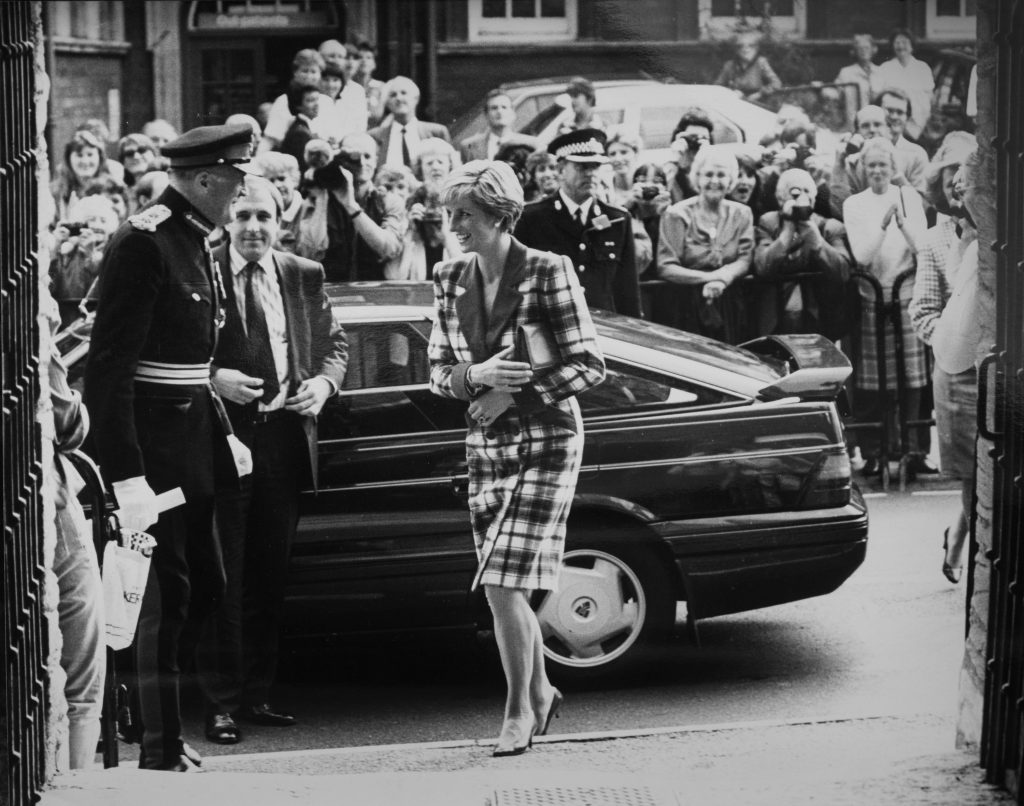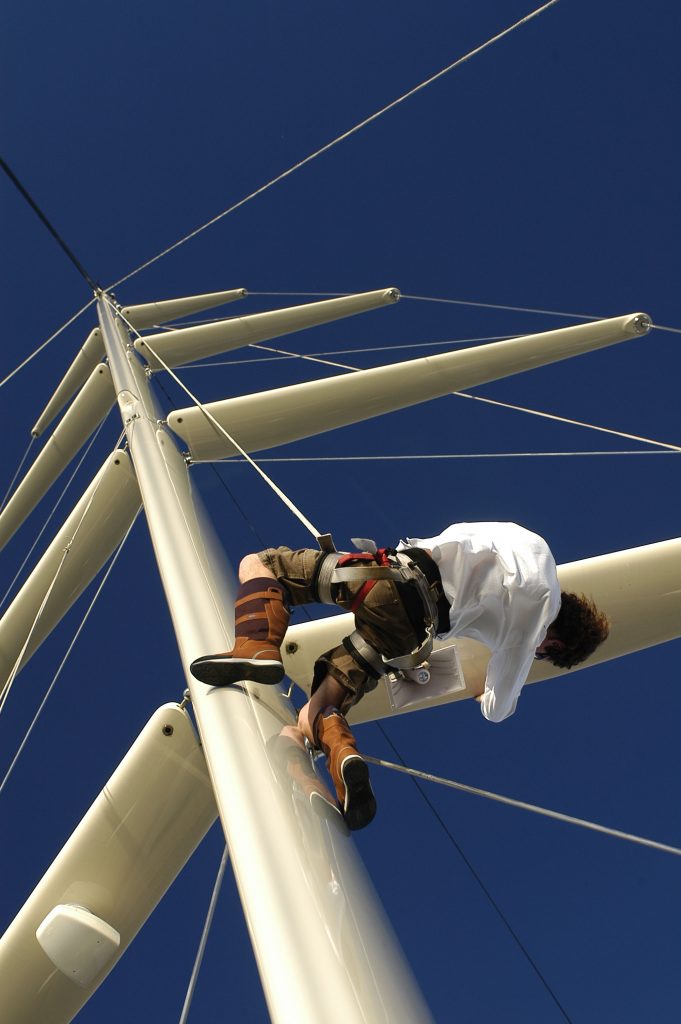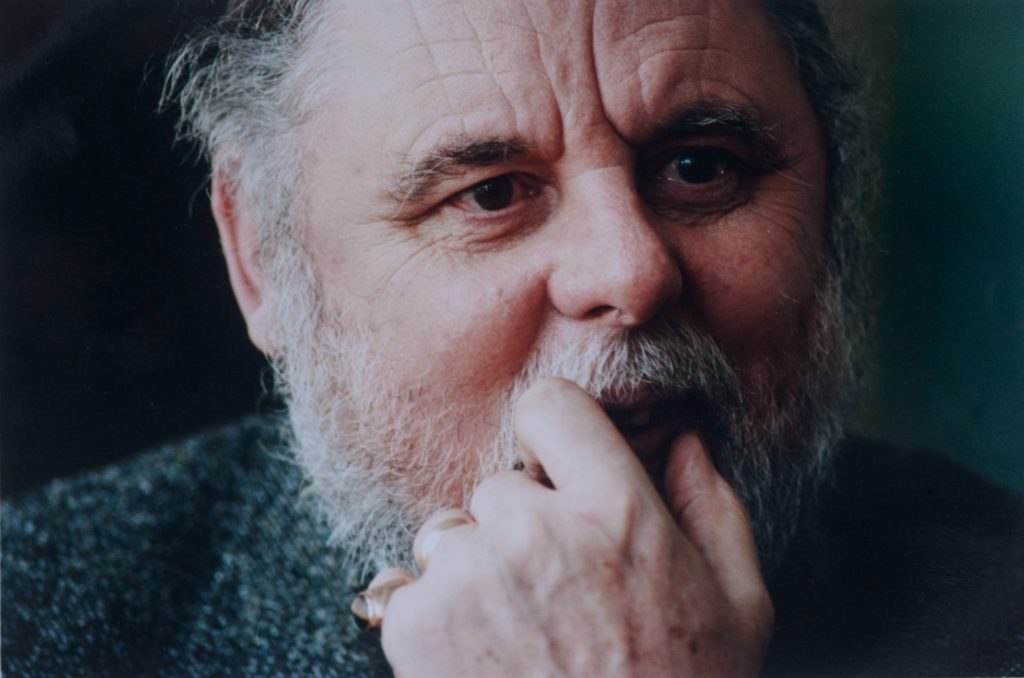Hi Ian, thanks for joining me today. What made you discover your passion for photography, and how did you begin learning your craft?
I had been travelling abroad, and when I returned to England I started to work in a local pub. One day, I found a camera that someone had left behind and handed it in at the local police station. But no-one claimed it, so the police said I could keep it.
It was a basic, Russian-made 35mm film camera. With no automatic functions, I had to find out how it worked, so I bought a basic book on photography and taught myself to use it. Through looking at inspiring images from other photographers, and experimenting with different techniques, my enjoyment of photography grew from there.
In the early days, I was mainly interested in landscape photography, reportage, and portraits of people at live music events and festivals.
What kinds of photography were you involved with early in your career?
My first job was working on a local newspaper in Tiverton, which I enjoyed immensely because it meant that I could work outdoors, travelling from one location to another and meeting different people with interesting stories to tell.
Shortly afterwards, I moved to Exeter’s main local paper, the Express & Echo, where I was sponsored through formal training in photojournalism at Stradbroke College in Sheffield.
One of the things I loved about working for a newspaper at the time was that I was out and about and able to see things for myself, whereas the reporters were more desk-based, doing a lot of their work over the phone.
I would get back to the office, and sometimes they would ask me what the scene was like. There is no substitute for seeing and experiencing something for yourself first-hand.
In the early days, the work varied from coverage of charity events, sports, and features, to local news stories such as fires, road accidents, and other events in people’s lives that changed them – i.e. human interest stories. Triumph over adversity, bravery, and community were big themes.
After that, I worked for a news agency covering bigger stories for the national newspapers, and then as a freelancer – mainly in food and features photography, combined with corporate work.
How does your current job compare with what you were doing back then?
I suppose I’d say my work now is very different.
The newspaper world has changed enormously. News events can be covered by anyone with a mobile phone, so now there’s almost always someone there who captures the all-important picture before you do.
A good example is the recent superyacht fire on Torquay seafront, which I heard about while on holiday in Greece. Within minutes, the pictures were broadcast live on Greek national TV.
To be successful as a photographer these days, you need to specialise in a particular field, or have a skill that not everyone has, and for me, my formal training in lighting techniques has been really important.
I now spend most of my time photographing jewellery, paintings, furniture, and works of art for Bearnes Hampton & Littlewood auction house in Exeter. Most of the lighting has to be carefully controlled so it shows the item to the best advantage, whilst also providing an accurate representation of it. By using high-quality studio lighting, I am able to control reflections which can be problematic under normal daylight conditions.
We recently sold a 1960s vase by a well-known potter called Hans Coper, which went for £305,000. It was the highest price ever paid for a piece of modern studio pottery.

How have photography techniques changed over the course of your career?
We’ve seen the change from black and white film development by hand, through to digital techniques.
Technology has improved greatly in the digital field, but there are downsides to it. These include spending much more time on computers, and the whole uncertainty of how to store and manage digital media; we started off using CDs, but their lifespan storage is finite, and as technology moved on, hard drive storage solutions are being superseded by newer technologies.
It’s also easier than ever to share photographs with people. The difference here though is that so few of them are ever printed and displayed for other people to appreciate; many digital photographs tend to only be viewed on screens.
How has the field of photography changed over time?
Because of modern photo fakes and image manipulation, it’s harder than ever to tell if a picture is real. You could take a truly jaw-dropping picture, but now many people would question whether it’s genuine.
And as with any new technology, the more it’s possible to do, the more people will end up doing, so fashion magazine photographers have been known to stretch their model’s legs, edit faces, remove blemishes, and change colour. But just because you can do this, does it mean you should? There are ethical elements attached to this kind of creative decision making.
Also, modern cameras can now shoot with extremely high resolutions, but for the most part, people don’t need that kind of quality, as most images for the internet only need quite low resolutions. In fact, you only need extremely high-resolution images if you are advertising on a very large display – like the side of a bus, for example, or on a billboard.
Have there been any risky moments in your career?
During The Troubles in Northern Ireland, I spent Christmas with the army at an outpost near Armagh on the border between Northern and Southern Ireland. One night, we went to sleep in a bunkhouse and were told in the morning that the dawn patrol had discovered a 2000-pound fertiliser bomb right outside the wall of our dormitory.
I’ve also been down a disused Uranium mine, which obviously concerned me because of the radiation levels – Uranium is a highly radioactive substance.
I’ve been in a helicopter with the doors open, on a harness shooting aerial pictures, and one of the scariest experiences I had was on an RNLI lifeboat in a storm, which was very memorable!
Attending the scene of a fire at a petrochemical works, where barrels of chemicals were exploding around me as I stood on top of a wall trying to get decent pictures, was also pretty intense.
I also went out on a full-speed exercise on the navy frigate HMS Exeter, and that was interesting.
What famous faces have you worked with over time? Are there any photoshoots that stand out in your memory?
During my time at the Western Morning News, I photographed Terry Waite, a church envoy sent to Lebanon to try to negotiate the release of hostages. He was then captured himself and held for several years. He was a thoroughly kind and decent man, and hearing him talk about how he managed to survive in such circumstances was very humbling.
I also met a Buddhist monk who survived torture by the Chinese government. It’s those stories of survival and courage that are truly inspiring for me.
I’ve met Maya Angelou too, who happened to be one of my favourite writers. She came across as incredibly wise and resilient, someone who has seen many sides to life and remained strong despite prejudice and hardship. You could see the inner strength that made her such an amazing communicator.
I’ve done quite a few Royal visits – sometimes working for the host charity or another organisation, other times working for a newspaper. I photographed Princess Diana on one of her first royal visits, and of course The Queen, Prince Philip, and Prince Edward too.
For me, meeting so many people from different backgrounds is the aspect of being a photographer that has been the most rewarding. As far as I’m concerned, no one person is more important than another – it’s all about hearing and portraying someone’s story and treating them with respect.
What are the main differences between photojournalism and photography for advertisements and catalogues?
And what kind of photography do you feel suits you and your style best?
In some ways, the part of my job I most enjoy is meeting people and learning what interests them, but I also enjoy the challenges of product and corporate photography. It may not have quite the same personal emphasis, but it’s satisfying to get a good result from a shoot that’s organisationally or technically difficult.
Some of the best memories I have are of working for a clothing company that specialised in sailing and outdoor wear. The shoots took place on superyachts in Mallorca – hard work, long hours, but working with a super-creative bunch of people who also knew how to have fun!
If you had any advice for new and upcoming photographers, what would it be?
Don’t be put off by people telling you that what you want to do is unattainable or too difficult. If you want something and are prepared to work for it, everything is possible.
With regards to photography, there is always a market if you polish your craft, specialise, and become good at something specific. But be prepared to never stop learning.
Great, thanks for speaking with me, Ian.



